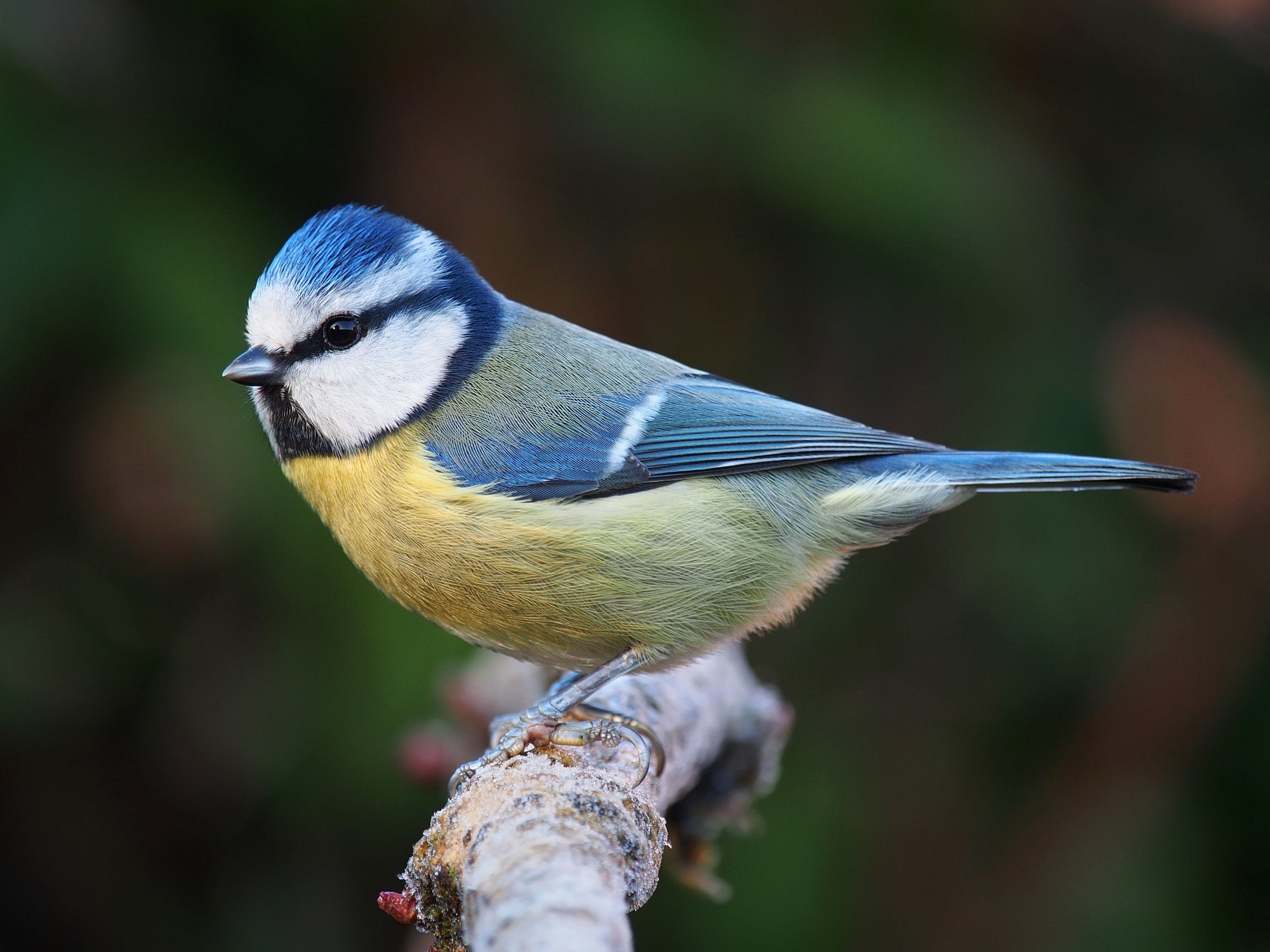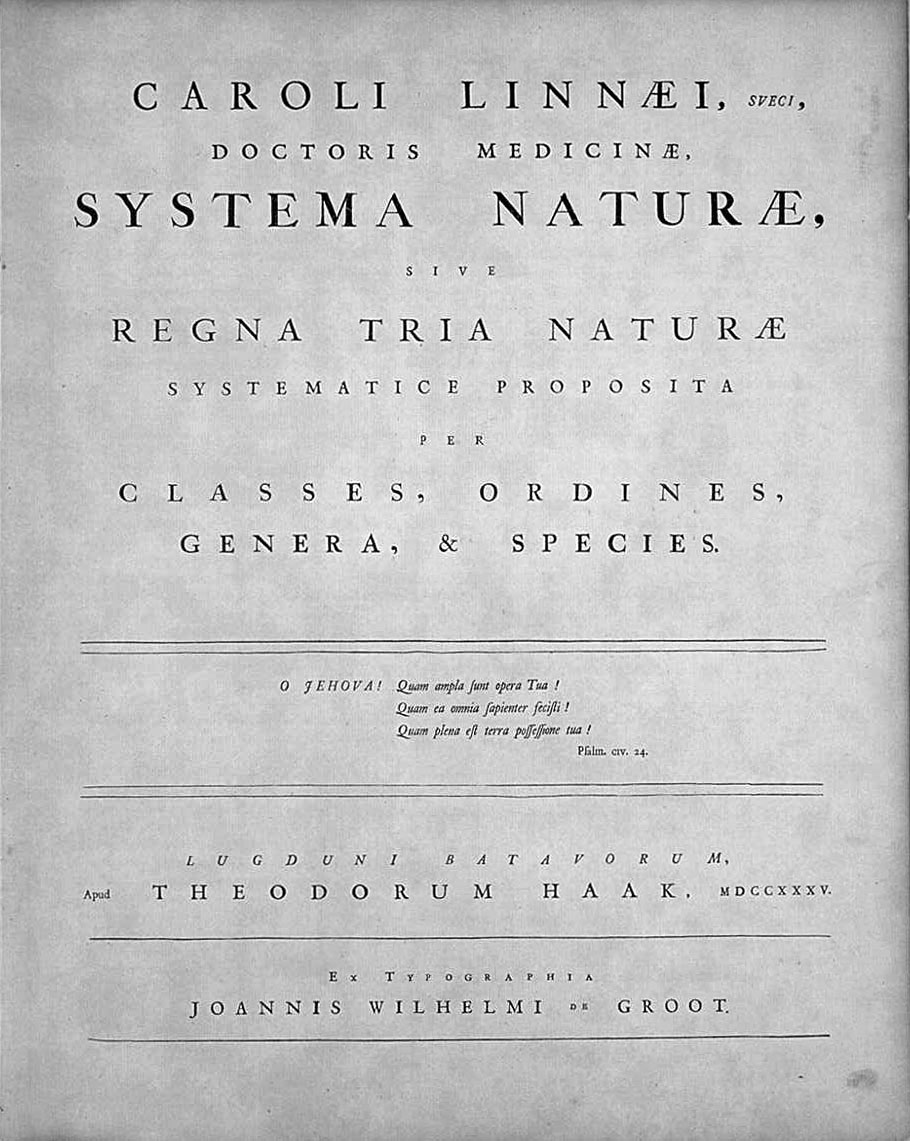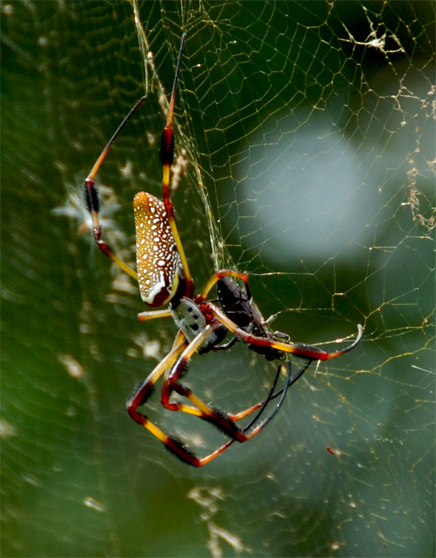|
Cethegus Ischnotheloides
''Cethegus ischnotheloides'' is a species of mygalomorph spider in the Euagridae family. It is endemic to Australia. It was described in 1985 by Australian arachnologist Robert Raven. Distribution and habitat The species occurs in inland South Australia. The type locality is Commonwealth Hill Station Commonwealth Hill Station,, more commonly known as Commonwealth Hill, is a pastoral lease currently operating as a sheep station. Commonwealth Hill is located about north north west of Tarcoola and south west of Coober Pedy in the state of .... References ischnotheloides Spiders of Australia Endemic fauna of Australia Arthropods of South Australia Spiders described in 1985 Taxa named by Robert Raven {{Euagridae-stub ... [...More Info...] [...Related Items...] OR: [Wikipedia] [Google] [Baidu] |
Robert Raven
Robert John Raven is an Australian arachnologist, being the Head of Terrestrial Biodiversity and the Senior Curator (Arachnida) at the Queensland Museum. Dr Raven has described many species of spider in Australia and elsewhere, and is spider bite consultant to the Royal Brisbane Hospital The Royal Brisbane and Women's Hospital (RBWH) is a tertiary public hospital located in Herston, a suburb of Brisbane, Queensland, Australia. It is operated by Metro North Health, part of the Queensland Health network. The hospital has 929 be ..., leading to much work on spider toxins. References External links Dr Robert Ravenat Queensland Museum Arachnids researchat Queensland Museum Australian arachnologists Living people Year of birth missing (living people) {{zoologist-stub ... [...More Info...] [...Related Items...] OR: [Wikipedia] [Google] [Baidu] |
Species
In biology, a species is the basic unit of classification and a taxonomic rank of an organism, as well as a unit of biodiversity. A species is often defined as the largest group of organisms in which any two individuals of the appropriate sexes or mating types can produce fertile offspring, typically by sexual reproduction. Other ways of defining species include their karyotype, DNA sequence, morphology, behaviour or ecological niche. In addition, paleontologists use the concept of the chronospecies since fossil reproduction cannot be examined. The most recent rigorous estimate for the total number of species of eukaryotes is between 8 and 8.7 million. However, only about 14% of these had been described by 2011. All species (except viruses) are given a two-part name, a "binomial". The first part of a binomial is the genus to which the species belongs. The second part is called the specific name or the specific epithet (in botanical nomenclature, also sometimes i ... [...More Info...] [...Related Items...] OR: [Wikipedia] [Google] [Baidu] |
Mygalomorphae
The Mygalomorphae, or mygalomorphs, are an infraorder of spiders, and comprise one of three major groups of living spiders with over 3000 species, found on all continents except Antarctica. Many members are known as trapdoor spiders due to them forming trapdoors over their burrows. Other prominent groups include Australian funnel web spiders and tarantulas, with the latter accounting for around one third of all mygalomorphs. Description This group of spiders comprises mostly heavy-bodied, stout-legged spiders including tarantulas, Australian funnel-web spiders, mouse spiders, and various families of spiders commonly called trapdoor spiders. Like the " primitive" suborder of spiders Mesothelae, they have two pairs of book lungs, and downward-pointing chelicerae. Because of this, the two groups were once believed to be closely related. Later it was realized that the common ancestors of all spiders had these features (a state known as symplesiomorphy). Following the branching ... [...More Info...] [...Related Items...] OR: [Wikipedia] [Google] [Baidu] |
Euagridae
''Euagridae'' is a family of mygalomorph spiders. The group was first described as a tribe in 1979 by Robert Raven, who in 1985 elevated it to a subfamily. In 2020, Optova et al. elevated it further to a family. Genera , the World Spider Catalog accepted the following genera: *''Allothele ''Allothele'' is a genus of African spiders in the family Euagridae. It was first described by R. W. E. Tucker in 1920. Species it contains five species: *'' Allothele australis'' (Purcell Henry Purcell (, rare: September 1659 – 21 N ...'' Tucker, 1920 *'' Australothele'' Raven, 1984 *'' Caledothele'' Raven, 1991 *'' Carrai'' Raven, 1984 *'' Cethegus'' Thorell, 1881 *'' Chilehexops'' Coyle, 1986 *'' Euagrus'' Ausserer, 1875 *'' Leptothele'' Raven & Schwendinger, 1995 *'' Malayathele'' Schwendinger, 2020 *'' Namirea'' Raven, 1984 *'' Phyxioschema'' Simon, 1889 *'' Stenygrocercus'' Simon, 1892 *'' Vilchura'' Ríos-Tamayo & Goloboff, 2017 References Mygalomorphae families ... [...More Info...] [...Related Items...] OR: [Wikipedia] [Google] [Baidu] |
Family (biology)
Family ( la, familia, plural ') is one of the eight major hierarchical taxonomic ranks in Linnaean taxonomy. It is classified between order and genus. A family may be divided into subfamilies, which are intermediate ranks between the ranks of family and genus. The official family names are Latin in origin; however, popular names are often used: for example, walnut trees and hickory trees belong to the family Juglandaceae, but that family is commonly referred to as the "walnut family". What belongs to a family—or if a described family should be recognized at all—are proposed and determined by practicing taxonomists. There are no hard rules for describing or recognizing a family, but in plants, they can be characterized on the basis of both vegetative and reproductive features of plant species. Taxonomists often take different positions about descriptions, and there may be no broad consensus across the scientific community for some time. The publishing of new data and opini ... [...More Info...] [...Related Items...] OR: [Wikipedia] [Google] [Baidu] |
Endemism
Endemism is the state of a species being found in a single defined geographic location, such as an island, state, nation, country or other defined zone; organisms that are indigenous to a place are not endemic to it if they are also found elsewhere. For example, the Cape sugarbird is found exclusively in southwestern South Africa and is therefore said to be ''endemic'' to that particular part of the world. An endemic species can be also be referred to as an ''endemism'' or in scientific literature as an ''endemite''. For example '' Cytisus aeolicus'' is an endemite of the Italian flora. '' Adzharia renschi'' was once believed to be an endemite of the Caucasus, but it was later discovered to be a non-indigenous species from South America belonging to a different genus. The extreme opposite of an endemic species is one with a cosmopolitan distribution, having a global or widespread range. A rare alternative term for a species that is endemic is "precinctive", which applies to ... [...More Info...] [...Related Items...] OR: [Wikipedia] [Google] [Baidu] |
Species Description
A species description is a formal description of a newly discovered species, usually in the form of a scientific paper. Its purpose is to give a clear description of a new species of organism and explain how it differs from species that have been described previously or are related. In order for species to be validly described, they need to follow guidelines established over time. Zoological naming requires adherence to the ICZN code, plants, the ICN, viruses ICTV, and so on. The species description often contains photographs or other illustrations of type material along with a note on where they are deposited. The publication in which the species is described gives the new species a formal scientific name. Some 1.9 million species have been identified and described, out of some 8.7 million that may actually exist. Millions more have become extinct throughout the existence of life on Earth. Naming process A name of a new species becomes valid (available in zo ... [...More Info...] [...Related Items...] OR: [Wikipedia] [Google] [Baidu] |
Arachnology
Arachnology is the scientific study of arachnids, which comprise spiders and related invertebrates such as scorpions, pseudoscorpions, and harvestmen. Those who study spiders and other arachnids are arachnologists. More narrowly, the study of spiders alone ( order Araneae) is known as araneology. The word "arachnology" derives from Greek , ''arachnē'', "spider"; and , ''-logia'', "the study of a particular subject". Arachnology as a science Arachnologists are primarily responsible for classifying arachnids and studying aspects of their biology. In the popular imagination, they are sometimes referred to as spider experts. Disciplines within arachnology include naming species and determining their evolutionary relationships to one another (taxonomy and systematics), studying how they interact with other members of their species and/or their environment (behavioural ecology), or how they are distributed in different regions and habitats (faunistics). Other arachnologists perform ... [...More Info...] [...Related Items...] OR: [Wikipedia] [Google] [Baidu] |
South Australia
South Australia (commonly abbreviated as SA) is a state in the southern central part of Australia. It covers some of the most arid parts of the country. With a total land area of , it is the fourth-largest of Australia's states and territories by area, and second smallest state by population. It has a total of 1.8 million people. Its population is the second most highly centralised in Australia, after Western Australia, with more than 77 percent of South Australians living in the capital Adelaide, or its environs. Other population centres in the state are relatively small; Mount Gambier, the second-largest centre, has a population of 33,233. South Australia shares borders with all of the other mainland states, as well as the Northern Territory; it is bordered to the west by Western Australia, to the north by the Northern Territory, to the north-east by Queensland, to the east by New South Wales, to the south-east by Victoria, and to the south by the Great Australian Bight.M ... [...More Info...] [...Related Items...] OR: [Wikipedia] [Google] [Baidu] |
Type (biology)
In biology, a type is a particular specimen (or in some cases a group of specimens) of an organism to which the scientific name of that organism is formally attached. In other words, a type is an example that serves to anchor or centralizes the defining features of that particular taxon. In older usage (pre-1900 in botany), a type was a taxon rather than a specimen. A taxon is a scientifically named grouping of organisms with other like organisms, a set that includes some organisms and excludes others, based on a detailed published description (for example a species description) and on the provision of type material, which is usually available to scientists for examination in a major museum research collection, or similar institution. Type specimen According to a precise set of rules laid down in the International Code of Zoological Nomenclature (ICZN) and the International Code of Nomenclature for algae, fungi, and plants (ICN), the scientific name of every taxon is almost al ... [...More Info...] [...Related Items...] OR: [Wikipedia] [Google] [Baidu] |
Commonwealth Hill Station
Commonwealth Hill Station,, more commonly known as Commonwealth Hill, is a pastoral lease currently operating as a sheep station. Commonwealth Hill is located about north north west of Tarcoola and south west of Coober Pedy in the state of South Australia. The property occupies an area of approximately or one million hectares, making it the second largest sheep station in Australia, after Rawlinna Station. It is currently owned by the Jumbuck Pastoral Company. History In 1947 the station was enjoying an excellent season after good rains produced an abundance of fresh green feed for stock during the summer. The area was also rife with rumours that the Woomera Test Range was to be expanded and that stations including Commonwealth Hill, Bulgunnia, Roxby Downs and Andamooka would lose some of their land, which in turn would reduce their wool clip. The rumours were confirmed; the station lies within the Woomera Test Range Area. Byron MacLachlan, the leaseholder of Commonw ... [...More Info...] [...Related Items...] OR: [Wikipedia] [Google] [Baidu] |

.jpg)



.jpg)